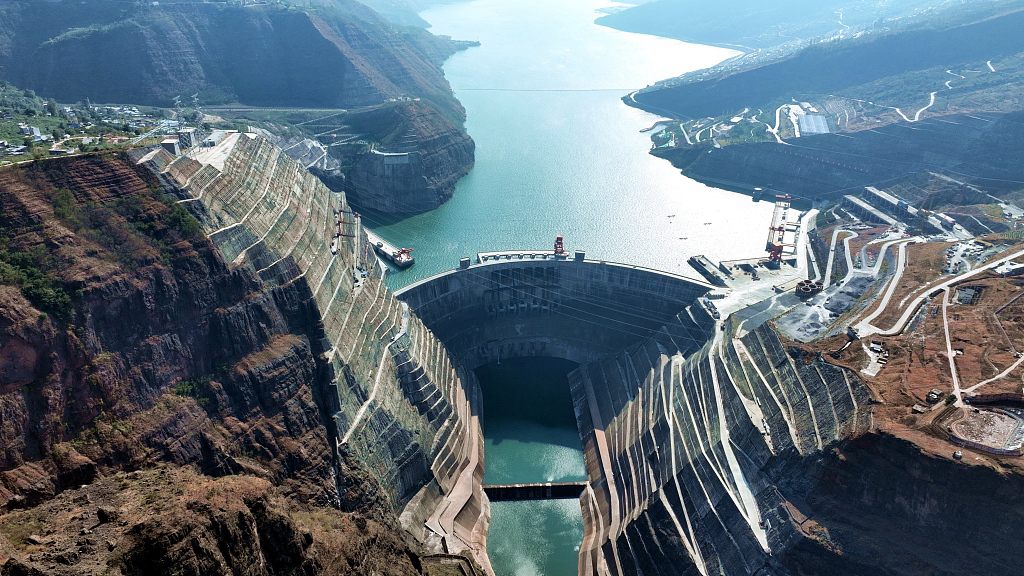BEIJING: An 800-kV ultra-high-voltage direct current (UHVDC) transmission line between Baihetan Hydropower Station and east China’s Zhejiang Province was recently put into operation at full capacity, marking another important project in the country’s west-to-east power transmission program.
Facing a record heat wave, the full operation of the Baihetan-Zhejiang UHVDC transmission project is able to provide a strong guarantee for the power supply of Zhejiang and even east China this summer.
With a total length of 2,121 kilometers, the Baihetan-Zhejiang transmission line stretches from southwest China’s Sichuan Province to Hangzhou City in Zhejiang Province. It is expected to transmit more than 30 billion kilowatt-hours annually, equivalent to the electricity needs of over 30 million people.
Along with it is the Baihetan-Jiangsu line, which was commissioned in July 2022. The two lines will be able to deliver about 60 billion kilowatt-hours of clean electricity to eastern China, saving 27 million tonnes of coal and helping reduce carbon dioxide emissions by 49 million tonnes.
With a total installed capacity of 16 million kilowatts, Baihetan Hydropower Station is China’s second largest hydropower station.
It is equipped with 16 hydro-generating units, each with a capacity of 1 million kilowatts. Its first batch of units started generating electricity on June 28, 2021. All the 16 units were put into operation in December last year.
Straddling southwest China’s Yunnan and Sichuan provinces, the Baihetan Hydropower Station is located on the Jinsha River, the upper section of the Yangtze River. It is a spectacle of engineering on the river, which uses an ultra-high double-curvature arch configuration with a maximum height of 289 meters and an arc length of 709 meters. It is located in the river valley where the hydrostatic pressure can be spread out to the rocky mountains on the sides it connects to.
Such a design also effectively saves construction material while improving safety. The dam consumed about 8 million cubic meters of low-heat cement. –The Daily Mail-CGTN news exchange item




